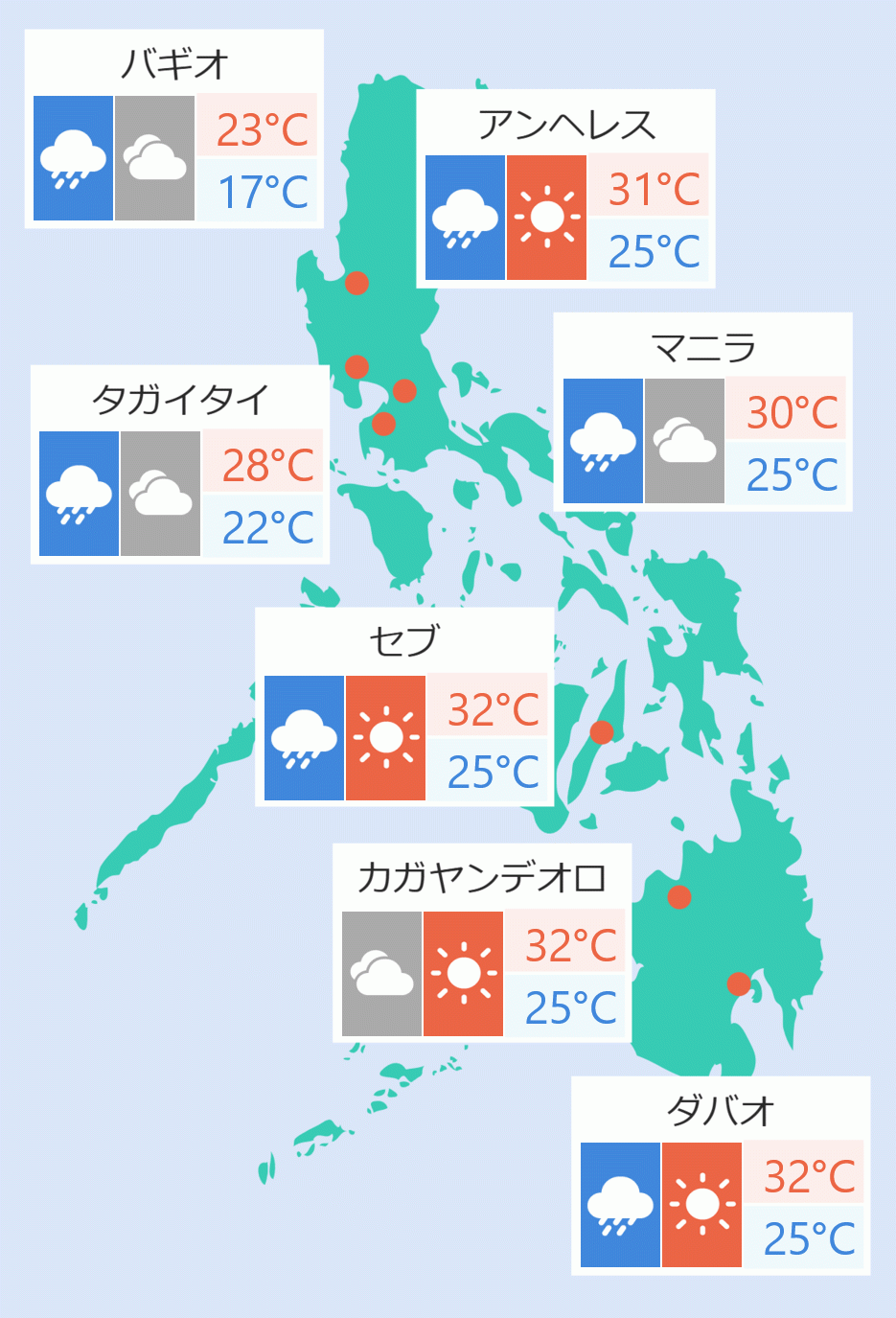The Philippines will remain under community quarantine after May 31 and any part of the country can go back to enhanced community quarantine if there is high-risk of coronavirus disease infections, Malacañang said on Thursday.
In a virtual press briefing, Presidential Spokesperson Harry Roque said police checkpoints and curfew hours will continue to be enforced whether the area is under ECQ, modified ECQ, general community quarantine or modified GCQ.
"Now, let me emphasize though that even if there could be changes and it's up to the President (Rodrigo Duterte) tonight (to announce), even if it's MECQ or GCQ, we remain under community quarantine," he said.
"It means we still have the checkpoints, we still have curfews," Roque said.
Duterte is set to have a televised public message on Thursday night to announce quarantine measures to be implemented starting June 1.
Roque added that whatever will be Duterte's decision, "we can still go back to ECQ if the data will show that there is a rapid increase in the doubling rate (of COVID-19 cases)."
Under the supposed Resolution No. 40 of the Inter-Agency Task Force for the Management of Emerging Infectious Diseases, Metro Manila will shift to GCQ from MECQ starting June 1 until June 15.
But all identified high-risk barangays in the National Capital Region shall be subject to the "zoning concept" to be implemented by the National Task Force on COVID-19.
Asked who would determine the barangays that would be targeted for lockdown, Roque said, "It's going to be the LGUs (local government units) in coordination with the local IATF."
"So, those to be covered by ECQ will be individual barangays or zones comprising barangays and their adjacent areas," he said.
Roque, while not confirming yet the contents of Resolution No. 40, underscored the need to contain the spread of the virus and at the same time the need to reopen the economy.
"As you can see, this is really a compromise ? the need to resume, the reopening of the economy and the need to contain further the spread of COVID-19. So the decision is left to the local officials, but still in coordination with the IATF," he said.
He said the parameters in locking down a barangay are still the same as when IATF makes classification of a particular province or city - the doubling rate and the critical health care.
Also under the supposed latest IATF resolution, there are areas placed under modified GCQ.
Roque said the MGCQ is a transition between GCQ and the "new normal."
"Of course there will be further industries that would be opened. But at the same time what will be consistent, is the youth and the elderly who are not working, should stay home," he said.
Under GCQ, public transportation is allowed but only up to 50 percent capacity. Celerina Monte/DMS





 English
English









